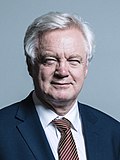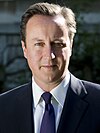The Conservative Party, officially the Conservative and Unionist Party and also known colloquially as the Tories, is one of the two main political parties in the United Kingdom, along with the Labour Party. It is the current governing party, having won the 2019 general election, and has been the primary governing party in the United Kingdom since 2010. The party has been described as both right-wing and centre-right. It encompasses various ideological factions including one-nation conservatives, Thatcherites, and traditionalist conservatives. The party currently has 354 members of Parliament, 260 members of the House of Lords, nine members of the London Assembly, 31 members of the Scottish Parliament, 16 members of the Welsh Parliament, four directly elected mayors, 30 police and crime commissioners, and around 5,647 local councillors.
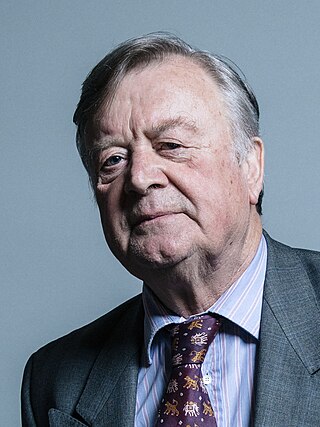
Kenneth Harry Clarke, Baron Clarke of Nottingham,, is a British politician who served as Home Secretary from 1992 to 1993 and Chancellor of the Exchequer from 1993 to 1997. A member of the Conservative Party, he was Member of Parliament (MP) for Rushcliffe from 1970 to 2019 and was Father of the House of Commons between 2017 and 2019. The President of the Tory Reform Group since 1997, he is a one-nation conservative who identifies with economically and socially liberal views.
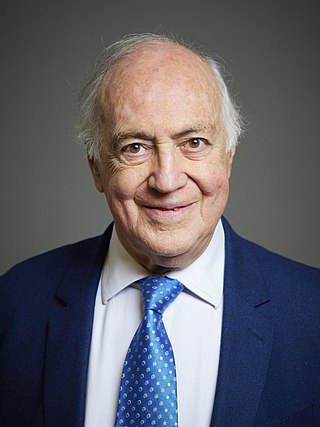
Michael Howard, Baron Howard of Lympne is a British politician who served as Leader of the Conservative Party and Leader of the Opposition from November 2003 to December 2005. He previously held cabinet positions in the governments of Margaret Thatcher and John Major, including Secretary of State for Employment, Secretary of State for the Environment and Home Secretary.
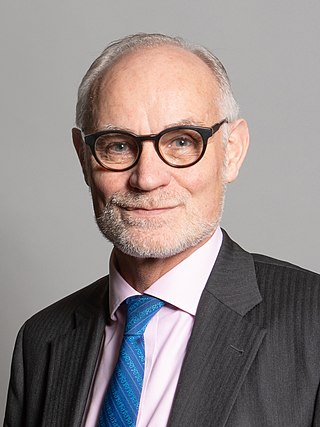
Crispin Jeremy Rupert Blunt is a British politician who has served as the Member of Parliament (MP) for Reigate since 1997. A member of the Conservative Party, he was the Parliamentary Under-Secretary of State for Prisons and Youth Justice within the Ministry of Justice from 2010 to 2012 and Chair of the Foreign Affairs Select Committee from 2015 until 2017.
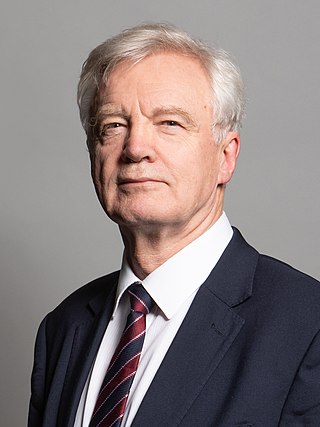
David Michael Davis is a British politician who served as Shadow Home Secretary from 2003 to 2008 and Secretary of State for Exiting the European Union from 2016 to 2018. A member of the Conservative Party, he has served as the Member of Parliament (MP) for Haltemprice and Howden, formerly Boothferry, since 1987. Davis was sworn of the Privy Council in the 1997 New Year Honours, having previously been Minister of State for Europe from 1994 to 1997.

David William Donald Cameron is a British politician who served as Prime Minister of the United Kingdom from 2010 to 2016 and Leader of the Conservative Party from 2005 to 2016. He served as Leader of the Opposition from 2005 to 2010, and was Member of Parliament (MP) for Witney from 2001 to 2016. He identifies as a one-nation conservative, and has been associated with both economically liberal and socially liberal policies.

Dame Caroline Alice Spelman is a British Conservative Party politician who served as the Member of Parliament (MP) for Meriden in the West Midlands from 1997 to 2019. From May 2010 to September 2012 she was the Secretary of State for Environment, Food and Rural Affairs in David Cameron's coalition cabinet, and was sworn as a Privy Counsellor on 13 May 2010.
David Laurie Ruffley is a former Conservative Party politician in the United Kingdom. He was the Member of Parliament (MP) for the constituency of Bury St Edmunds in Suffolk, which encompasses Bury St Edmunds and Stowmarket, having first taken his seat at the 1997 general election.

Andrew Guy Tyrie, Baron Tyrie, is a British politician and former chair of the Competition and Markets Authority. A member of the Conservative Party, he was Member of Parliament (MP) for Chichester from 1997 to 2017. Tyrie was previously a special adviser at HM Treasury and chair of the Treasury Select Committee, having taken up the role on 10 June 2010. He was described by Donald Macintyre of The Independent in 2013 as "the most powerful backbencher in the House of Commons", and by The Economist as a liberal conservative.
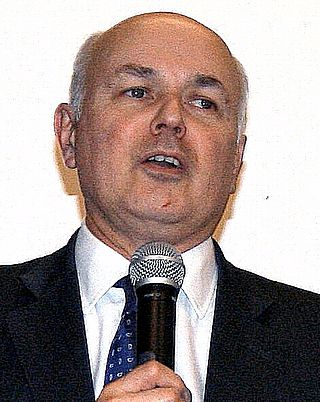
The 2001 Conservative Party leadership election was held after the party failed to make inroads into the Labour government's lead in the 2001 general election. Party leader William Hague resigned, and a leadership contest was called under new rules Hague had introduced. Five candidates came forward: Michael Ancram, David Davis, Kenneth Clarke, Iain Duncan Smith and Michael Portillo.

The 2010 United Kingdom general election was held on Thursday 6 May 2010, with 45,597,461 registered voters entitled to vote to elect members to the House of Commons. The election took place in 650 constituencies across the United Kingdom under the first-past-the-post system.
In the parliamentary politics of the United Kingdom and Canada, one member, one vote (OMOV) is a method of selecting party leaders, and determining party policy, by a direct vote of the members of a political party. Traditionally, these objectives have been accomplished either by a party conference, party convention, vote of members of parliament, or some form of electoral college. OMOV backers claim that OMOV enhances the practice of democracy, because ordinary citizens will be able to participate. Detractors counter that allowing those unversed in the issues to help make decisions makes for bad governance.

The Conservative Party is the oldest political party in the United Kingdom and arguably the world. The current party was first organised in the 1830s and the name "Conservative" was officially adopted, but the party is still often referred to as the Tory party. The Tories had been a coalition that more often than not formed the government from 1760 until the Reform Act 1832. Modernising reformers said the traditionalistic party of "Throne, Altar and Cottage" was obsolete, but in the face of an expanding electorate 1830s–1860s it held its strength among royalists, devout Anglicans and landlords and their tenants.
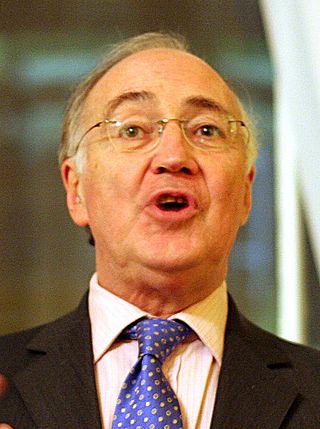
The 2003 Conservative Party leadership election was held due to the enforced resignation of incumbent leader Iain Duncan Smith, who lost a confidence vote among his parliamentary party. The causes of Duncan Smith's fall are often cited as his lack of charisma and impact with the public, the uninspired direction of the party under his leadership, and his previous failure to achieve more than a third of support among members of parliament in the 2001 leadership contest. In the event, the Conservative Party coalesced around Michael Howard as replacement leader and there was not a contest to replace Duncan Smith.
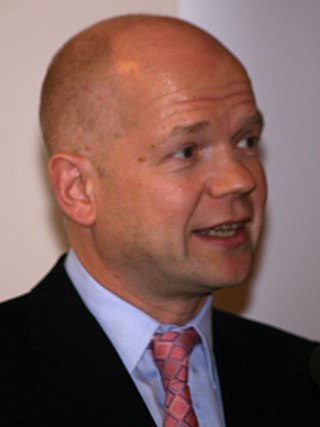
The 1997 Conservative Party leadership election was triggered when John Major resigned as leader on 2 May 1997, following his party's landslide defeat at the 1997 general election, which ended 18 years of Conservative Government of the United Kingdom. Major had been Conservative leader and prime minister since November 1990.
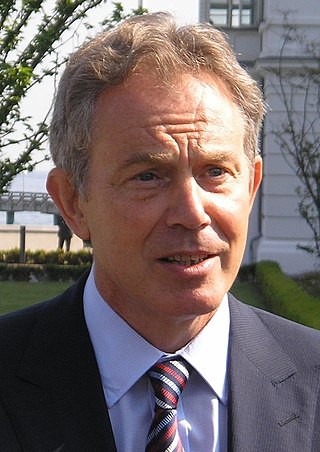
This is a timeline of events relating to the final years of Tony Blair's tenure as Leader of the Labour Party and Prime Minister and the leadership elections to find replacements for him and Deputy Prime Minister John Prescott, from his announcement that he would not lead Labour into a fourth general election, concluding with Gordon Brown becoming Prime Minister.
The 2007 Labour Party leadership election was triggered on 10 May 2007 by incumbent leader Tony Blair's announcement that he would resign as leader on 27 June. At the same time that Blair resigned, John Prescott resigned as Deputy Leader, triggering a concurrent election for the deputy leadership.

The 2016 Conservative Party leadership election was held due to Prime Minister David Cameron's resignation as party leader. He had resigned after losing the national referendum to leave the European Union. Cameron, who supported Britain's continued membership of the EU, announced his resignation on 24 June, saying that he would step down by October. Theresa May won the contest on 11 July 2016, after the withdrawal of Andrea Leadsom left her as the sole candidate.
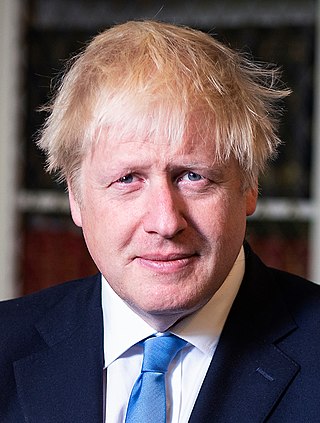
The 2019 Conservative Party leadership election was triggered when Theresa May announced on 24 May 2019 that she would resign as leader of the Conservative Party on 7 June and as prime minister of the United Kingdom once a successor had been elected. Nominations opened on 10 June; 10 candidates were nominated. The first ballot of members of Parliament (MPs) took place on 13 June, with exhaustive ballots of MPs also taking place on 18, 19 and 20 June, reducing the candidates to two. The general membership of the party elected the leader by postal ballot; the result was announced on 23 July, with Boris Johnson being elected with almost twice as many votes as his opponent Jeremy Hunt.
The July–September 2022 Conservative Party leadership election was triggered by Boris Johnson's announcement on 7 July 2022 that he would resign as Leader of the Conservative Party and Prime Minister of the United Kingdom, following a series of political controversies.

